First: about Adolph Gysbert "Sailor" Malan, pictured with "Peter," his (and wife Linda's) terrier.
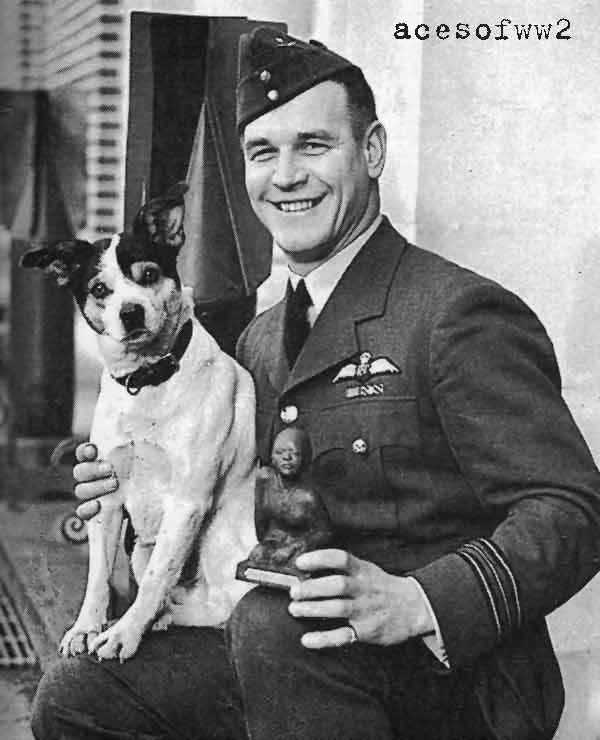
Born in Wellington, South Africa on 3 October, 1910, he went to sea in 1924, hence his later RAF nickname. He applied for a short-service commission in the RAF in 1935, and was posted to 74 Squaddron in 1936.
On 6 September, 1939, he was involved in the unfortunate "Battle of Barking Creek" episode. He first saw action against the Germans over Dunkirk, as flight lieutenant, and achieved his first victories on 21 May, 1940. By the end of Operation Dynamo, he claimed at least four (some sources say five) destroyed and shared in a number of others.
It remains possible that one of his victims during the Battle of Britain was Werner Moelders, who was wounded but recovered.
In August 1940, Sailor was posted to command 74 Squadron.
After the war, he returned to South Africa, and died of Parkinson's Disease on 17 September, 1963.
Finished Spitfire.
Undersides: There must be at least four different interpretations for the undersurfaces I found on the web for Sailor Malan's plane. This was the most interesting, I thought, so it's what I used. It's also close to what Revell suggests in their "Icons of Flight" Battle of Britain set, issued a few years ago.
Although Testors discontinued it, I recently found two bottles of their Camouflage Gray in a near-by hobby shop, so that's what I used to represent the white side. I had an old bottle of Floquil Weathered Black still around, so that's what I used to represent the black side.
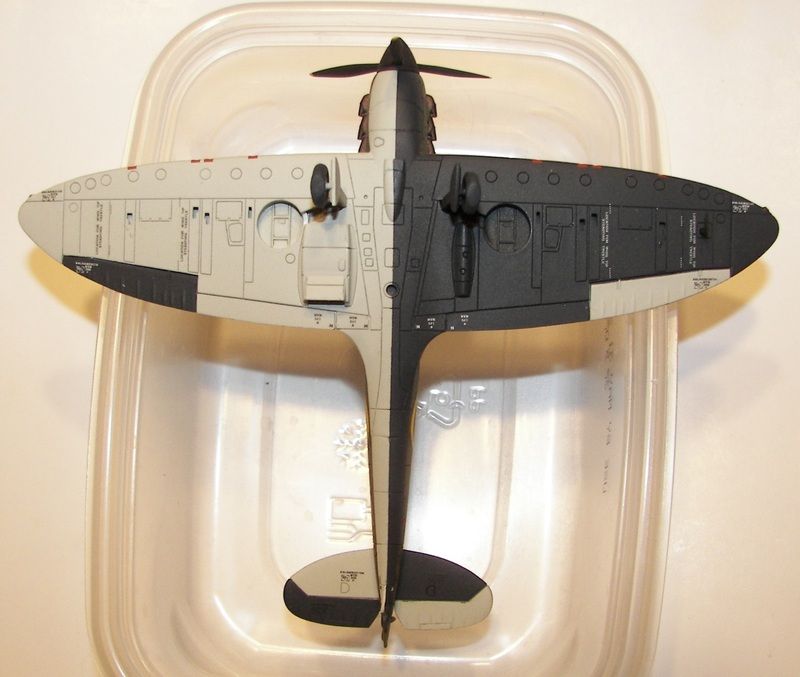
The upper surfaces were more conventional. I used Colourcoats paint here.
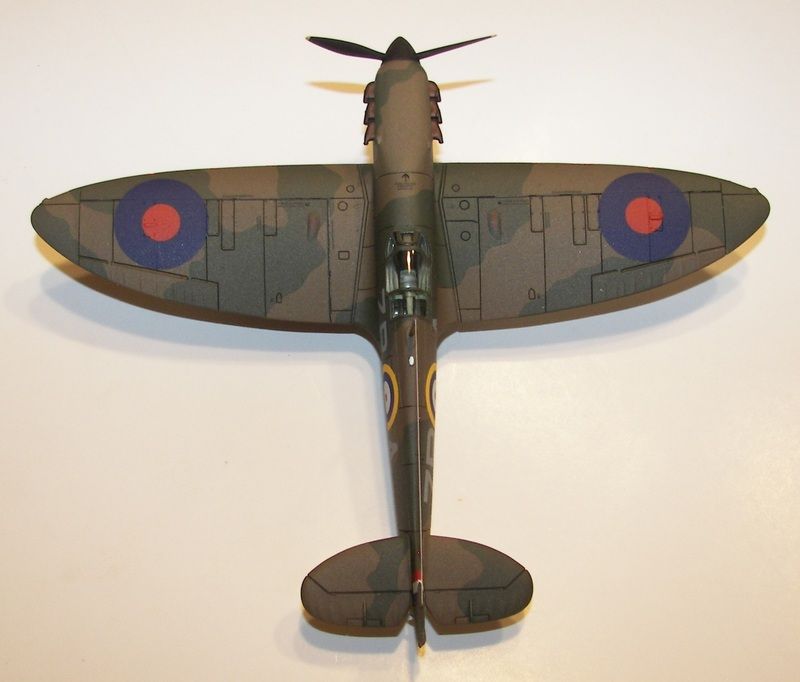
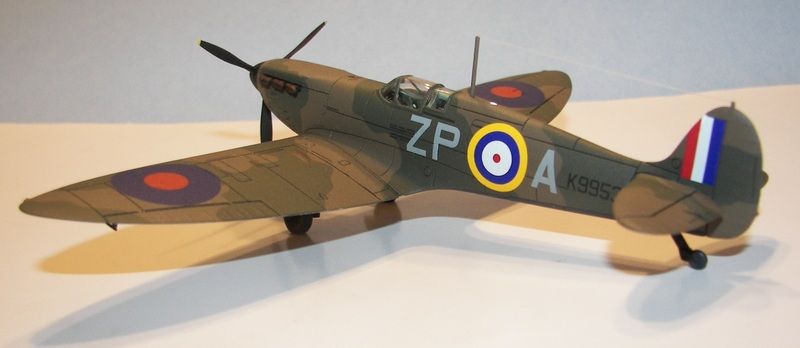

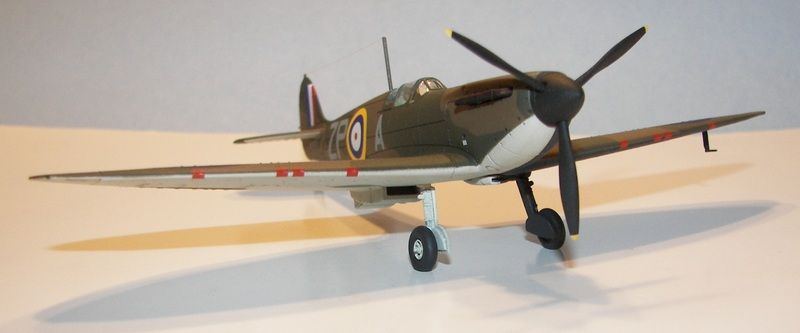
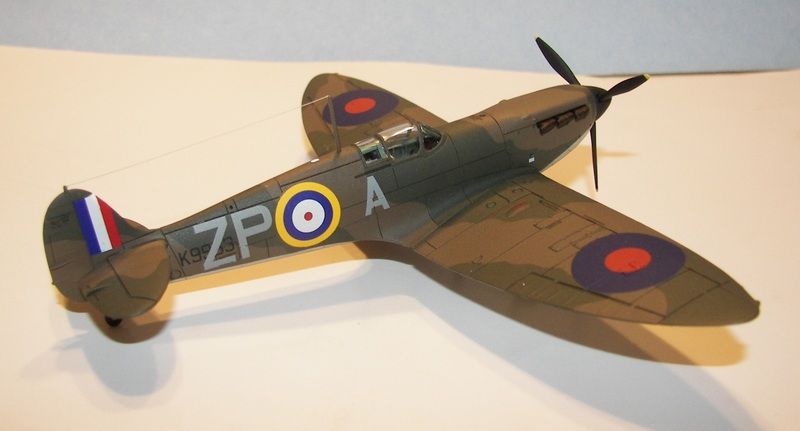
And finally, an artist's colour interpretation of the photo above.
